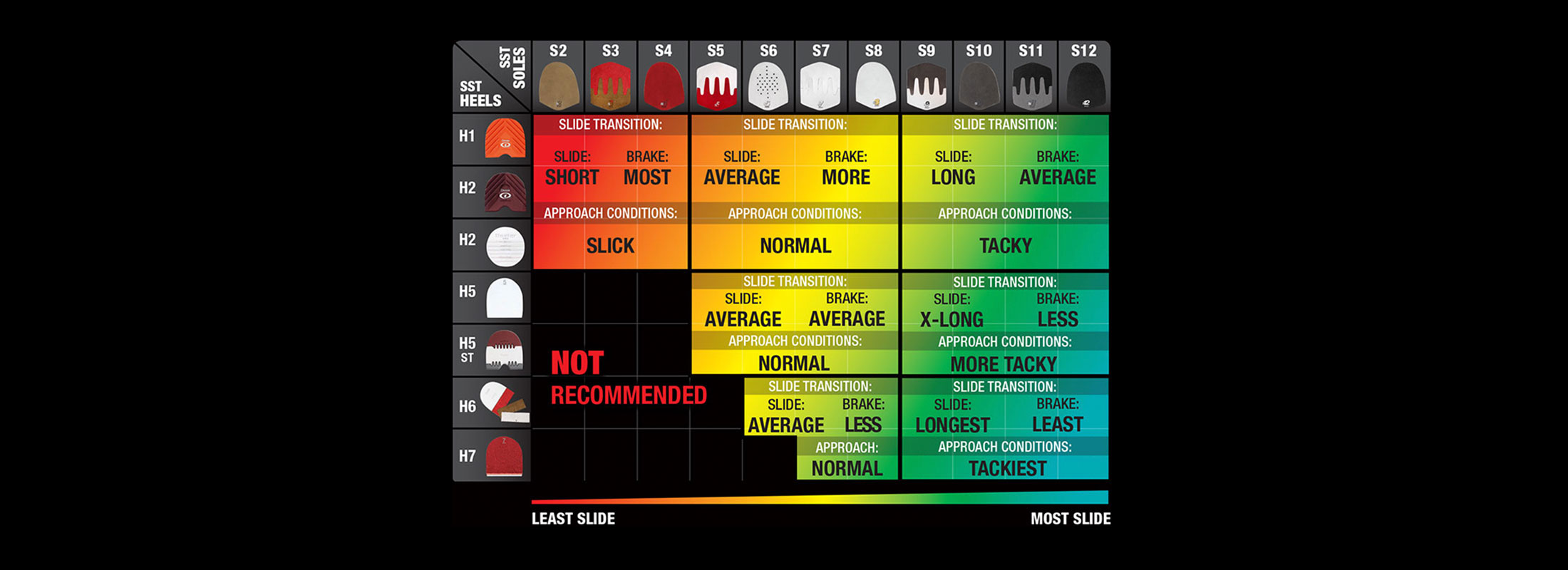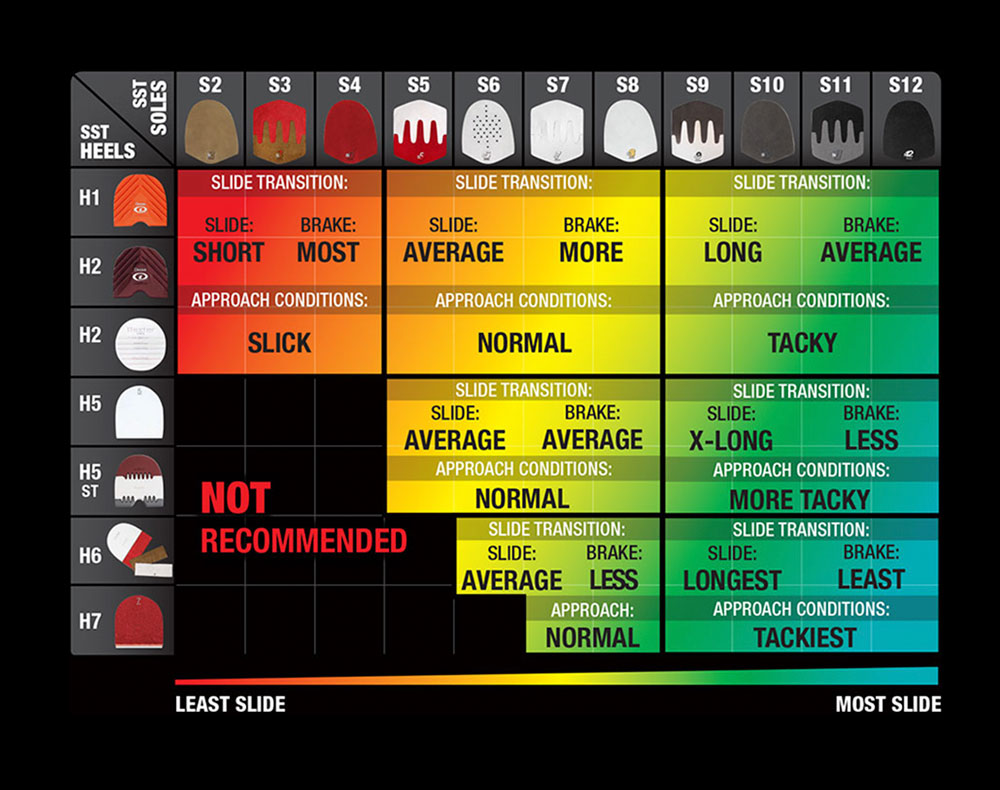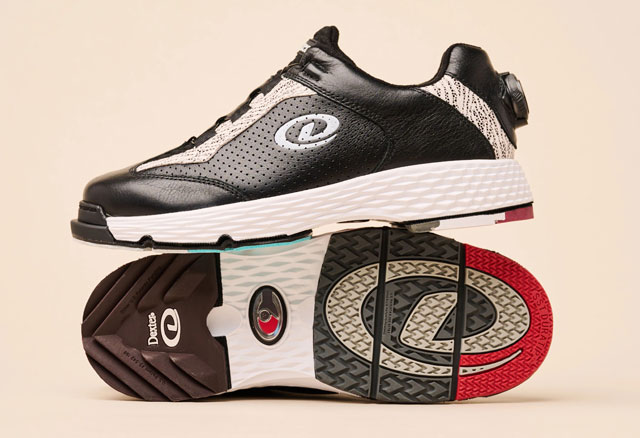

Need Help Selecting The Right Sole And Heel Combination For Your Game?
Our soles and heels selector makes it easy to find your ideal solution in seconds
Find Yours HereSoles and Heels
Step onto the lanes with confidence wearing our high-quality bowling soles and heels, designed for enhanced performance and comfort.


























